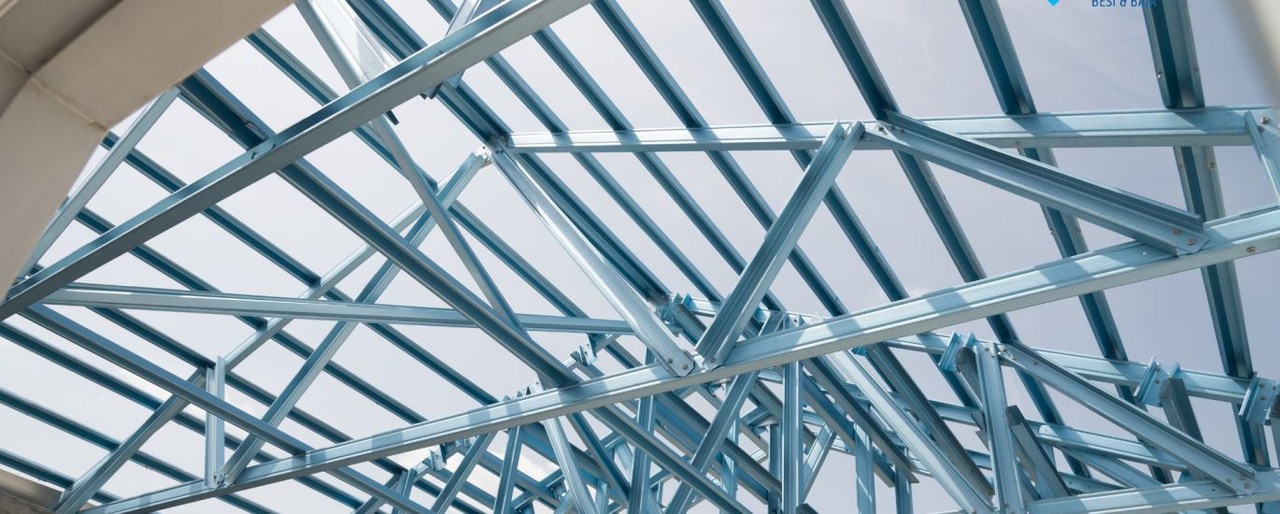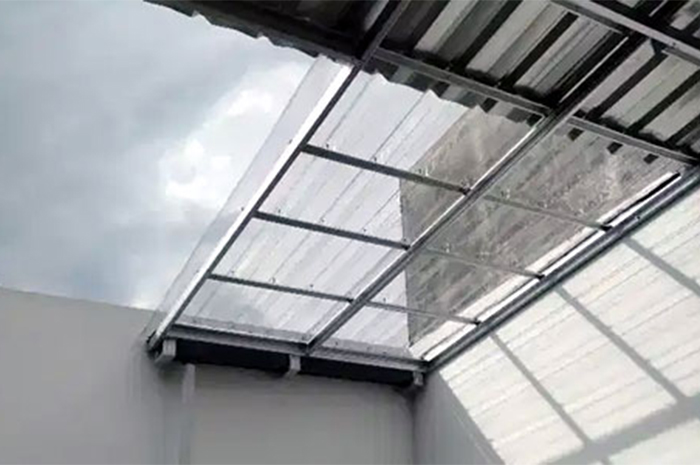 Bahasa Indonesia
Bahasa Indonesia  Inggris
Inggris
 Bahasa Indonesia
Bahasa Indonesia  Inggris
Inggris
 Living in the tropics with high rainfall every year, makes us familiar with rain. Some of the problems associated with rain, one of which is leaking roof, are very common. Even so, it seems impossible to just let the house leak. In addition to not damaging other furniture and materials, leakage must be immediately prevented so as not to have a domino effect on other parts of the house.
Living in the tropics with high rainfall every year, makes us familiar with rain. Some of the problems associated with rain, one of which is leaking roof, are very common. Even so, it seems impossible to just let the house leak. In addition to not damaging other furniture and materials, leakage must be immediately prevented so as not to have a domino effect on other parts of the house.
Leaking conditions of water or liquid coming in by passing, penetrating, and seeping into small, medium, and large holes. While in buildings, leakage can occur due to construction planning errors, natural conditions, poor and suitable material selection. Usually, leaks often occur on roof coverings, walls and floors. It takes a right move to keep the house from leaking again and again.
The most vital roof
The roof plays an important role in a building. He likened the umbrella to protecting humans from the scorching sun, as well as from the rain that flushed.
In the viewpoint of the house layout, added Mukti, he was the first defense for the structure and protection of buildings from weather, rain and cold. Roofs can provide comfort and limit privacy zones for occupants or building users. The roof also presents aesthetic value to the building. However, the greater the function of the roof, the greater the problem it will face.
Leaking is one of the most obvious threats.
There are several types of roofs commonly used to close houses; polycarbonate, asbestos, clay tile, metal roof, concrete, some also use glass. Rupture of asbestos or clay tiles, cracking of concrete roofs, can be a major cause of leakage in the house. Leaks can also be caused by errors in roof construction, especially about slope, natural conditions, material selection which is further aggravated by incorrect installation.
Tiles that are installed carelessly can be a cause of leakage.
The resulting cavities due to uncluttered installation and not according to the rules make it easier for water to enter the house. Asbestos that is tilted less than 10º or not in accordance with the recommendations will cause problems.
Sometimes the most fatal is concrete. Not even 28 days casted, he was given an excessive burden. Practically, this will make it crack faster and easily penetrate water.
Another reason that must also be considered is the age of the material used as a roof. Never think that the ingredients we use don't have an expiration limit. Zinc, asbestos, and other roofing materials, the older it will become more fragile. Eventually it will crack and cause leakage
Material and tilt angle
Ideally, the roof of a tile from the roof must have a slope of not less than 30º, so that the water can flow smoothly. Even if there is tolerance, generally it is less than 40º. Limitation of the slope angle so that the flow of water can be controlled properly. If more than the recommended angle teloransi, the tile will be easier to sag and the edges will open a gap that is easy to enter the water.
The roof determines whether the house is easy to leak or not.
As for asbestos or zinc, there is a slight slope tolerance. The angle can be made more sloping or less than 30º. The reason is that the inter-field cavity formed in zinc or asbestos is not as big as clay tile material. The question of how we outsmart to leak does not interfere with the peace of home, Julian Palapa gives a few grids. Choosing the right roof is still the main reference.
The right roof shape will greatly contribute to the prevention of leaks in the house: flat, shield, or saddle. But don't just choose the shape of the roof as you wish, maintenance of the frame material and the cover material must also be considered.
Leakproof coating is one solution to patch the leak on the roof
Can also with waterproofing. There are times when leaking doesn't only occur on the roof.
Remember, it doesn't leak from the roof! Walls of houses, even floors, can be the culprits of leakage in homes. To overcome this problem, antibocor coatings are considered appropriate enough to prevent unwanted things happening.
Based on the raw materials, there are three types of antibocor coatings that can be selected, namely, waterproof liquid, cement (cementitous), and membrane.

Komponen Atap Rumah Dan Fungsi-Fungsinya Yang Harus Anda Ketahui Sebelum Mulai Membangun Rumah!

Atap Transparan untuk Rumah, Lebih Baik Pakai atau Tidak?




